From finance to fashion, modern multi-talented Milan has lots going on.
Milan is one of Italy’s best-connected cities: a European business capital, host to major international Fashion Weeks and gateway to the Italian Lakes. It’s the place to see Da Vinci’s The Last Supper, one of the world’s greatest cathedrals and a host of fine art collections. And did we mention football? Forza Milano!
Flying to Milan from London City
Flying direct to Milan Linate Airport (LIN) from London City Airport (LCY) takes around 2 hours and you’ll land less than 6 miles (9km) east of the city, capital of Italy’s Lombardy region.
Linate Airport is well served by buses, private shuttles and taxis – it takes just 20 minutes to get into the centre. Milan’s historic quarter and shopping districts sit in a fairly walkable area, with plenty of pedestrianised streets and cycle lanes. The cost-effective Metropolitana subway, trams, buses and taxis make moving around easy. If you’re planning to explore the Lombardy region beyond Milan, it’s a good idea to book car-hire in advance at LCY.
There can be several direct flights between London City Airport (LCY) and Milan Linate Airport (LIN) via British Airways or ITA Airways, so whatever your travel plans, here's what you need to know about getting there.
Key Stats
Language
Italian
Time Difference
1 hr ahead of GMT
Currency
Euro
Milan Travel Guide
Browse our Milan travel guide for the essential sights to see, showcasing the city’s vibrant night life, food and drink scene, plus events worth checking out. Milan is such a stylish cultural centre that whether you visit for business or a weekend getaway, you can’t help being swept up in its glamour. In between towering Gothic architecture and gleaming designer shops, you’ll find cool cocktail bars and eateries that routinely top World's Best… lists. Adding to the appeal of Milan’s sights, beyond the city, you can travel north to the lakes to kick back in tranquil waterside locales.
Essential Sights

Duomo: For history
One of Milan’s most unmissable sights is its enormous Gothic cathedral, giving this historic district its name. You’ll also find several major museums and galleries, with Santa Maria delle Grazie (home to Leonardo da Vinci’s The Last Supper mural painting) just a few minutes’ walk from Piazza del Duomo. This cultural area is also great for shopping – Galleria Vittorio, one of the world’s grandest arcades, sits almost next door to Duomo di Milano.
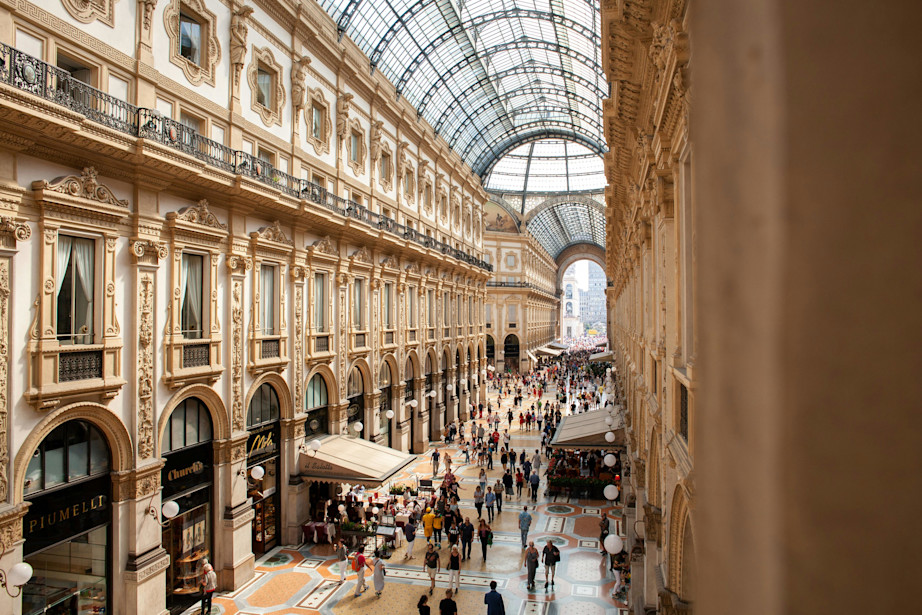
Fashion Quadrangle:For shopping
The city centre’s glossy shopping district Quadrilatero della Moda spans mainly four streets north of Piazza del Duomo – Via della Spiga, Via Montenapoleone, Corso Venezia and Via Sant’Andrea – but most of the world’s leading designers manage to squeeze into this pretty, pedestrianised enclave.
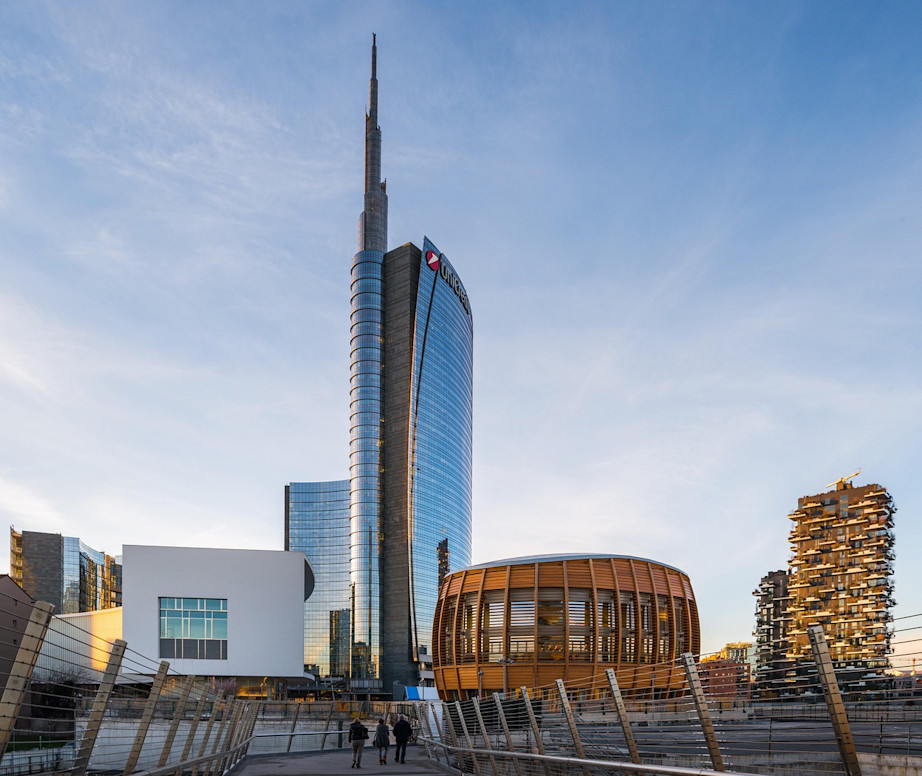
Porta Nuova: For business
Italy’s stock exchange is in Milan’s Duomo district, but much of today’s business is conducted north of the centre in this hyper-modern quarter. More famous for glittering towers than historic heritage, the area has interesting neighbours including Isola and Porta Garibaldi.
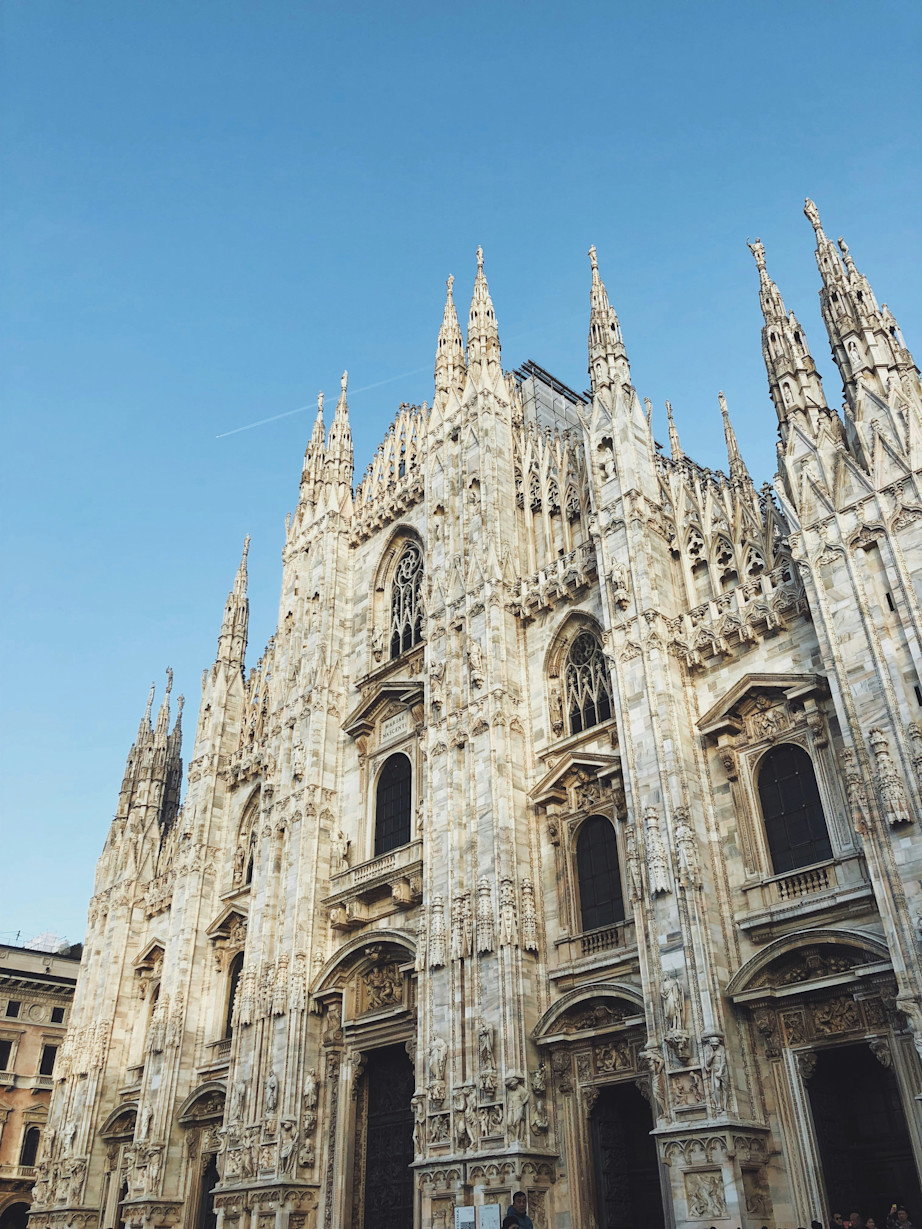
Duomo di Milano
Impossible to miss, this is one of the world’s largest Gothic cathedrals – no wonder the city centre is simply known as Duomo. It’s free to enter the main area, but well worth the fee to explore the museum and climb up to the roof terrace for the fantastic views.

Galleria Vittorio Emanuele II
Lavish architecture and high fashion merge extravagantly at Europe’s oldest shopping mall. It opened in 1877 and is worth a visit as much for its grand arcaded design as for the designer stores within.
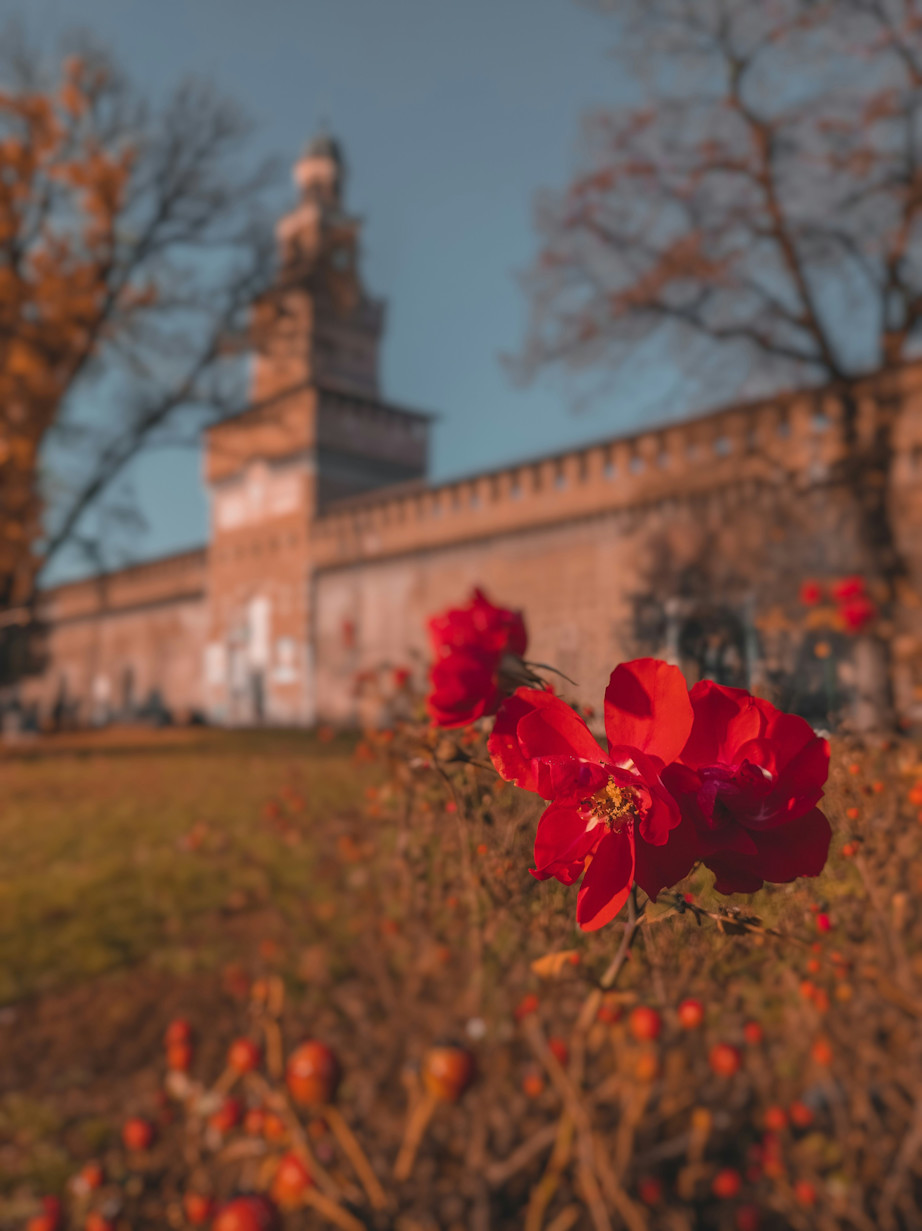
Castello Sforzesco
This imposing building has medieval origins and was infamously remodelled by Napoleon Bonaparte, then damaged during WWII. Now restored to its 14th-century glory, it houses the Museo d’Arte Antica and the marble sculpture Rondanini Pietà, Michelangelo’s last known work.

The Last Supper
Leonardo da Vinci’s best-known fresco was painted between 1495 and 1497 on the refectory wall of Santa Maria delle Grazie. It’s famously fragile so viewing is restricted and must be booked in advance, but it’s quite something to see this legendary image in person.
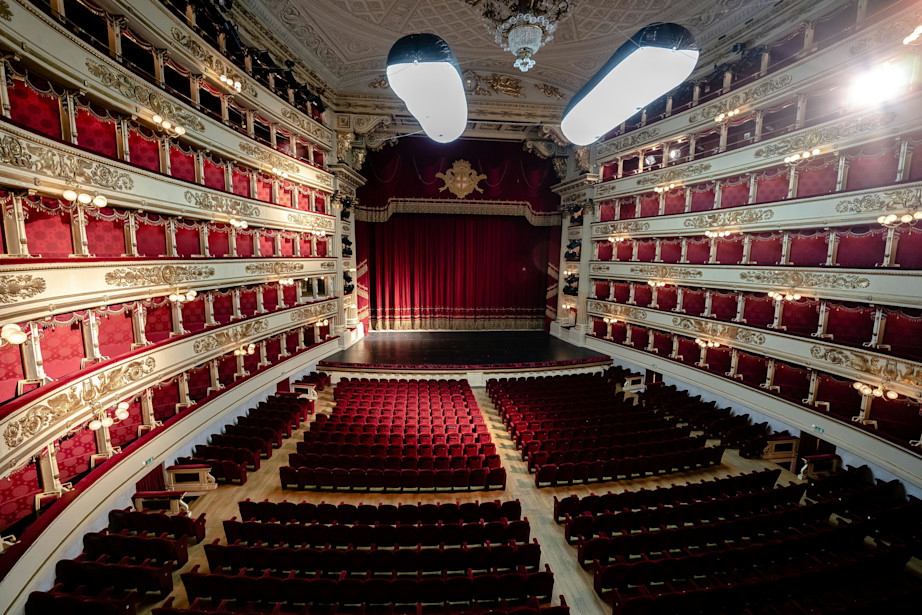
Teatro alla Scala
Italy’s oldest opera house, La Scala’s building has been the architectural inspiration for many European theatres since the 18th century. This fascinating building merits a visit even by opera non-fans, as does the Museo Teatrale alla Scala, a museum full of costumes, set designs, historic musical instruments and much more.

Nightlife
No Milan tourist guide would be complete with a look at the city’s great nightlife. After dark, the vibes vary from district to district, and sometimes from street to street, offering as many different options as the city itself. But whether you’re off to the opera or planning an all-nighter in the lively Navigli neighbourhood, almost every evening begins with an aperitivo and takes it from there.
For sleek bars and expensive clubs, follow the skyscrapers to Corso Como, just north of Duomo. This fashionable district is where Milan’s celebrities prefer to play, particularly at the weekend. Corso Sempione is the area to meet creative locals, drink inventive cocktails and try out new bars. Meanwhile, aptly named Isola (‘island ‘in English) may be one of the city’s smallest districts but has a great reputation for authentic atmosphere and excellent live music.
For a classic Milan experience, a night at La Scala doesn’t just mean opera. The theatre has an extensive annual programme of ballet, orchestral concerts, children’s concerts and recitals designed to entice every type of theatregoer.
Food & Drink
Milan’s culinary traditions are far earthier than you might expect, and Lombardy’s fine produce proves a source of inspiration for even the most radical of local chefs.
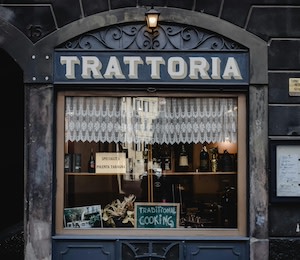
Traditional trattorias
The city that gave the world hearty delights such as ossobuco (slow cooked veal), mondeghili (meatballs) and cassoeula (pork and cabbage stew) stays true to its roots in local trattorias which have served classic dishes paired with the region’s excellent wine for generations. Try the Brera quarter, just north of La Scala, for authentic local restaurants – tables packed with cheerful Milanese are always a good sign!
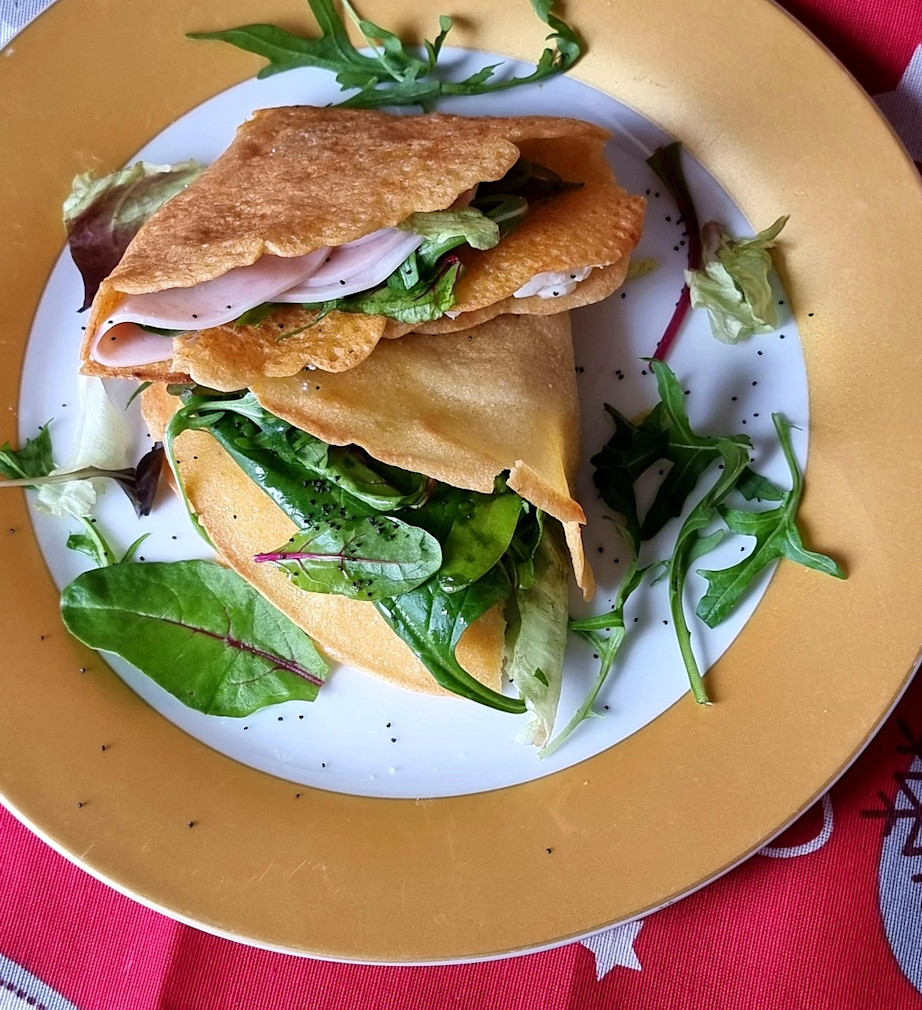
Piadina
No doubt you’re familiar with panini, the popular Italian grilled sandwich, but in Milan you might be tempted to grab a piadina for lunch instead. This light flaky flatbread has its origins in the Emilia-Romagna region just south of Lombardy. When freshly cooked on a griddle, then folded over a brimming selection of meat, cheese and vegetables, it makes the ultimate gobble-up snack.
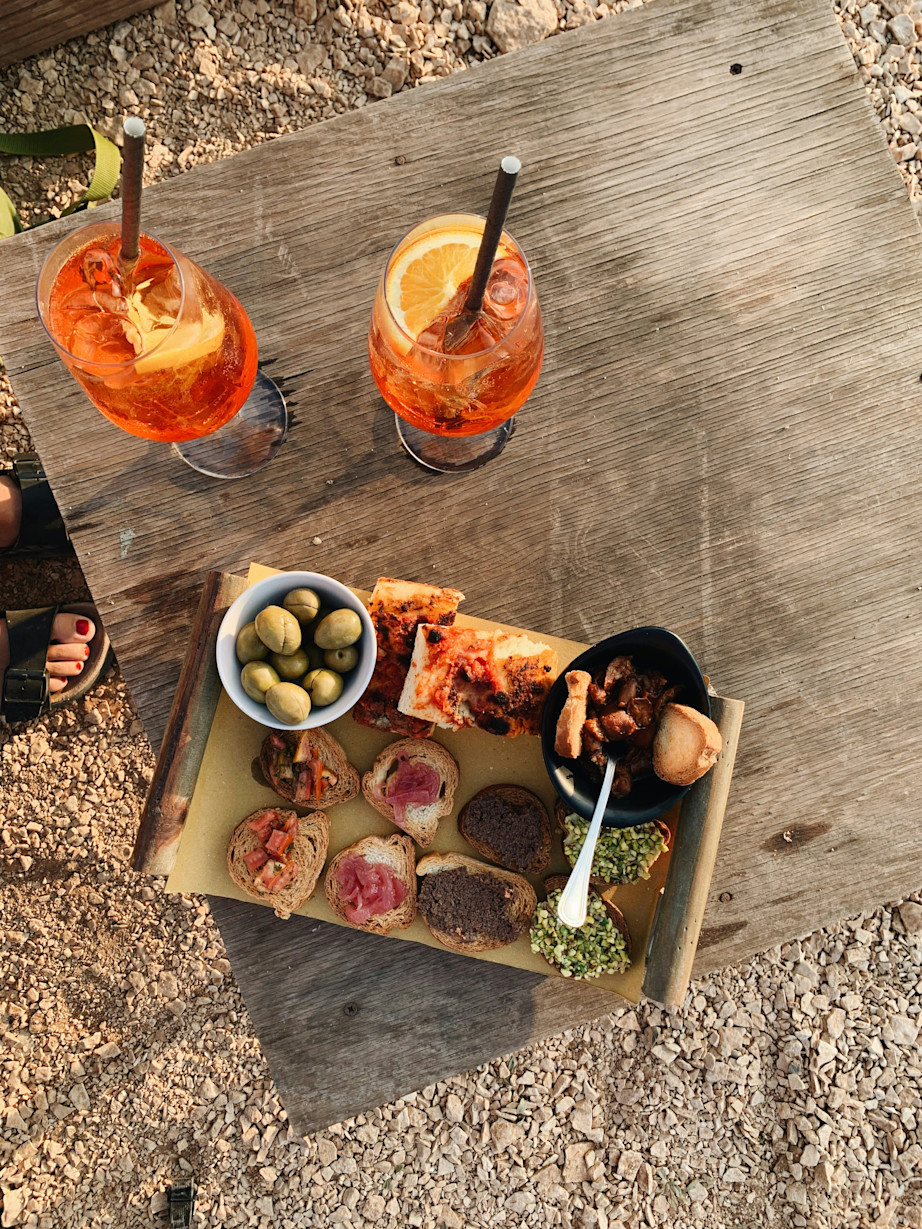
Aperitivo
Like Happy Hour, aperitivo in Milan takes place after work – but that’s where the similarity ends. Aperitivo is the civilised custom of meeting friends early evening to share drinks and fresh, delicious tapas-style snacks until about 8pm. City bars vie with each other to create the most irresistible spreads, and every Milanese has a favourite haunt. Navigli has plenty of innovative canal-side bars and is a great district for tasting cocktails created by Milan’s skilled mixologists.
Events

Milan Fashion Weeks Jan, Feb + Sep
Dominating several weeks each year, these shows may be invitation-only, but there are plenty of design-themed exhibitions and events throughout the city which are open to everyone.
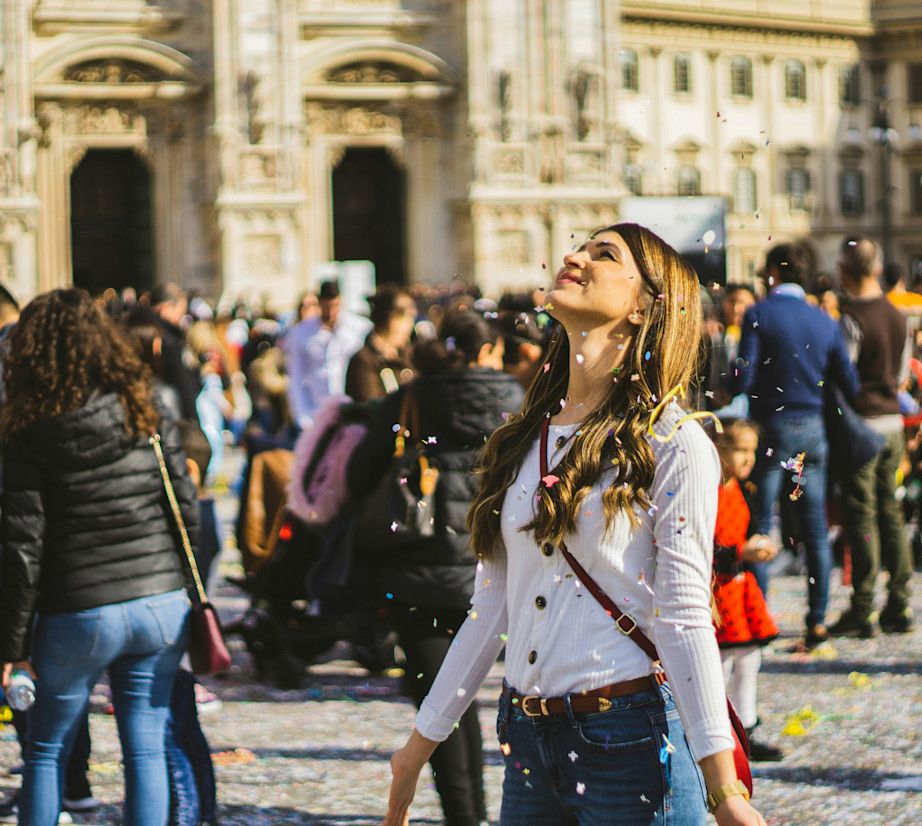
Milan Carnival
Like most of Italy, Milan marks the week before Lent with abandon and continues the revelry for another four days after Ash Wednesday. Expect colourful parades, floats and elaborate costumes at this vibrant event, mainly around Piazza Duomo and surrounding streets.
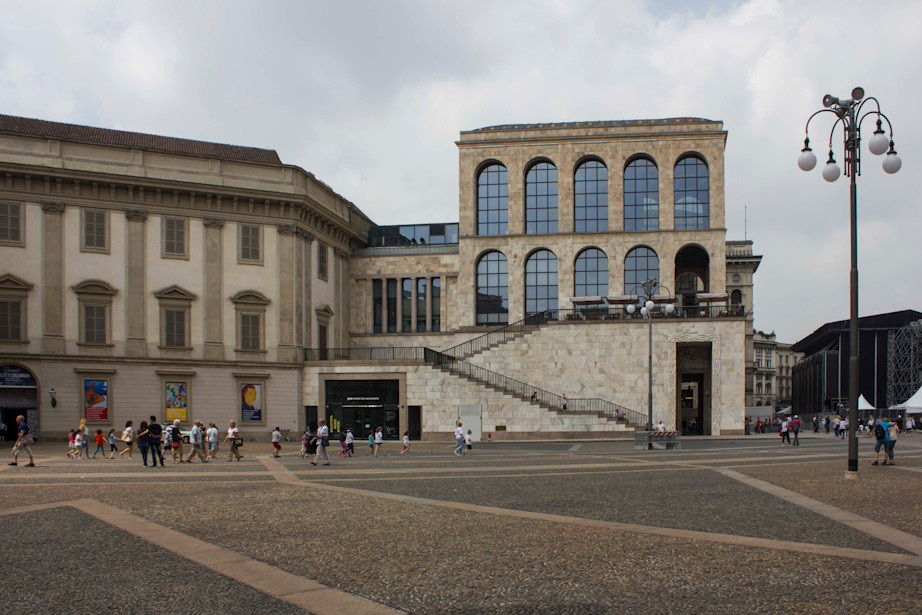
MuseoCity March
In early March each year, more than 100 galleries, public and private museums, studios, historic monuments and cultural venues join forces to transform Milan into an enormous art centre for a few days and nights. This all-welcome celebration of culture includes late-night exhibitions, performance, lectures, events, children’s workshops and rare opportunities to view several of the city’s archived art collections.
